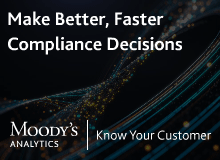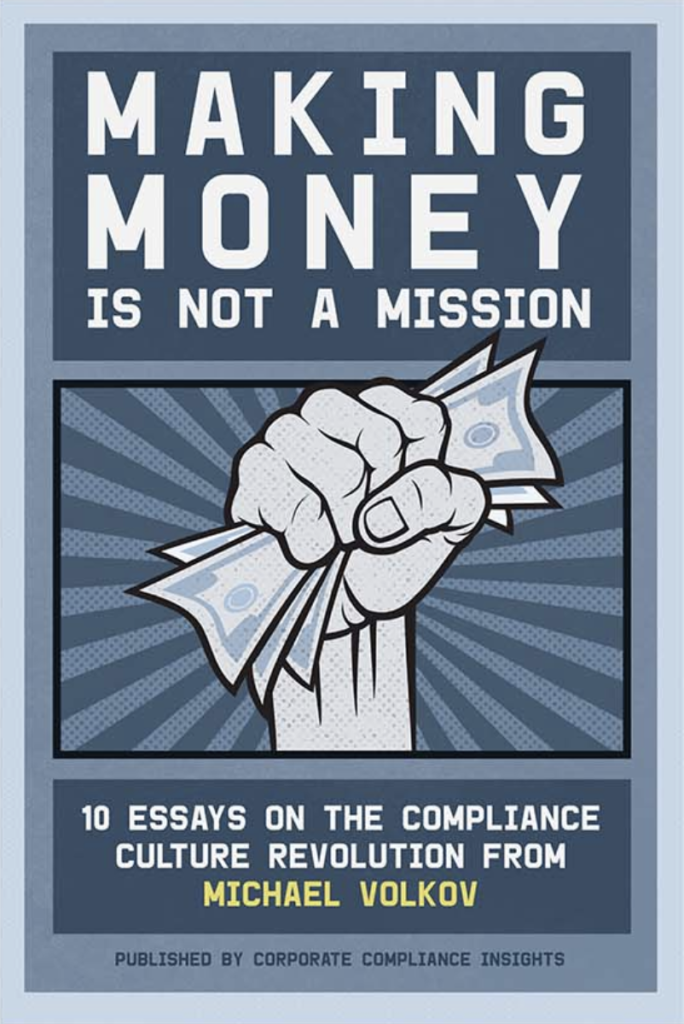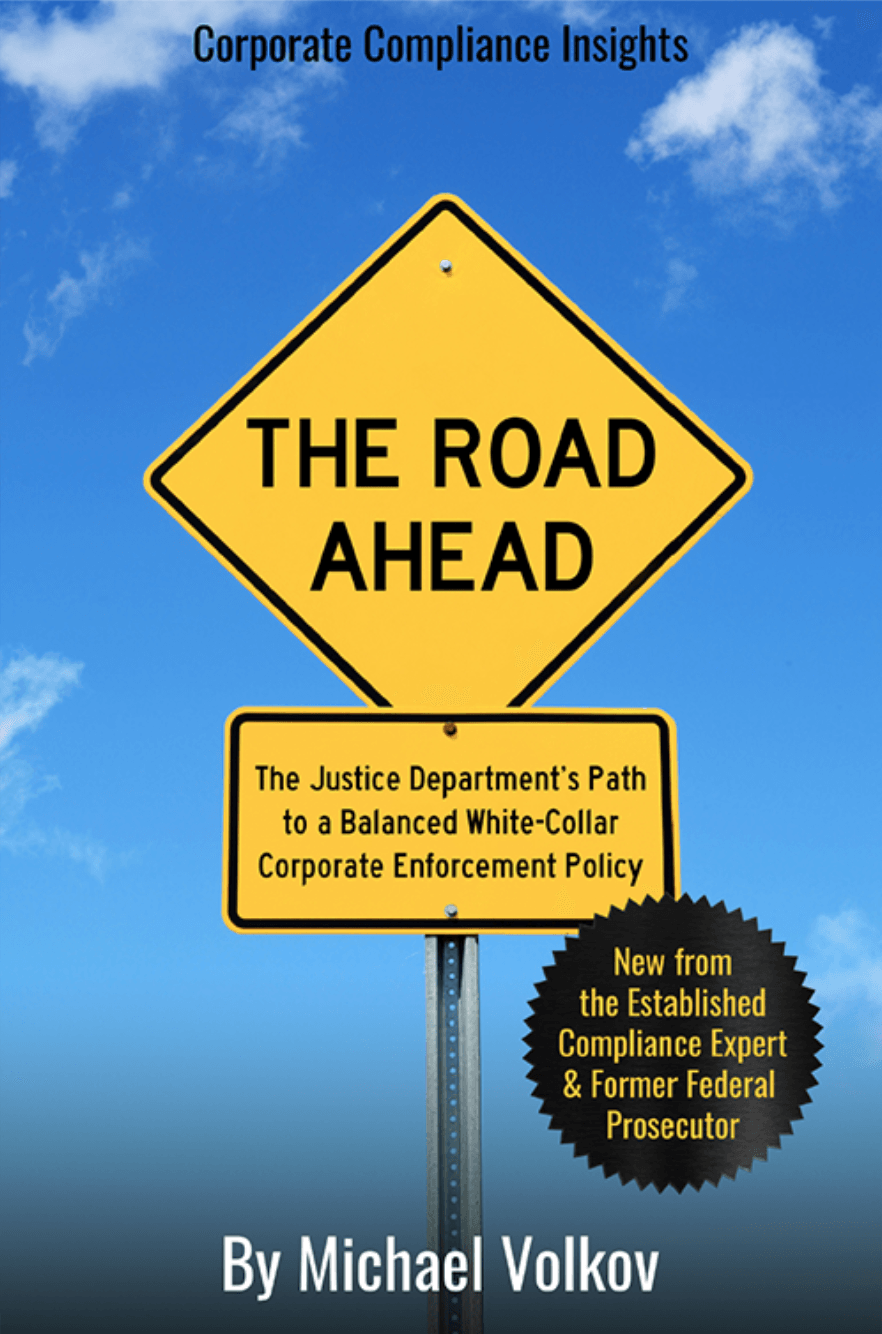Strategic Risk Management
 Companies are paying more attention to strategic risk management. The reasons for this are not just the aggressive enforcement environment but the technological age in which we live.
Companies are paying more attention to strategic risk management. The reasons for this are not just the aggressive enforcement environment but the technological age in which we live.
Events can occur quickly as a result of technological innovations such as social media, mobile and big data, and the cyber world. These risks can cause serious disruptions to company operations or viral negative publicity which can quickly undermine a company’s reputation.
Before the instant information age, companies had time to respond to an event or a trend. In today’s world, companies have to manage and prepare for risks.
Strategic risk is broader than financial and compliance risk. It is aimed at major risks that could affect a company’s long-term position and performance. Companies are transforming their strategic risk process by designing and implementing new risk management systems which are based on a mix of quantitative and qualitative measures.
Traditional risk management used to focus on monitoring financial indicators and the legal and regulatory environment. These risks were linked to financial statements and reporting. As a result, risk strategies were largely driven by prior performance as a prediction for future performance.
Strategic risk management is assisting companies to make decisions designed to promote future business value. Companies are investing in strategic risk management systems in order to respond to rapid technological change.
Most importantly, senior management and the board are driving the risk management process. This is a new trend which reflects the importance of strategic risk management and the threat that new risks pose to businesses.
Senior business leaders are integrating strategic risk systems into overall business strategy planning processes. The risk management process usually involves a coordinated collection of data and subjective judgments from senior executives and managers in a company. AS the data is collected, systems are used to analyze and synthesize the data.
At the top of the list of risks is reputation, technology and social media. Companies have changed their business operations to integrate social media and the Internet into marketing, sales and business management and operations. The Internet is the platform for all business operations – external and internal. These new technologies, however, increase the risk of service or production disruption from cyber intrusions, hacking and other data vulnerabilities.
We live in a hyper-connected world grounded in social media, cloud computing, 4G wireless, ultra-high-speed bandwidth, system-on-a-chip (SOC) circuits, mobile devices, and tablets. Five years is a lifetime in this technological world. Information is disseminated in a multitude of connections where no single voice or type of media  dominates the media scene.
dominates the media scene.
In this new technological environment, companies are devoting more time and resources to the risk management process, monitoring risks year-round, and conducting strategic reassessments throughout the year. It is a continuous process which is part of every business planning project and decision.















